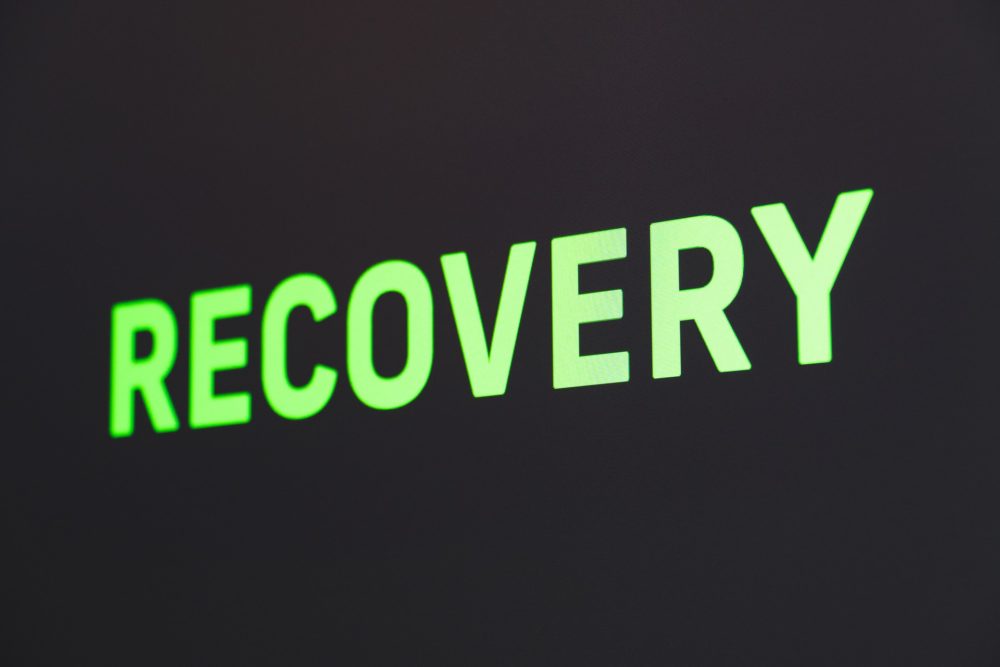A disaster recovery plan can make your business more secure. One of the most important aspects of disaster recovery is the ability to recover quickly and effectively. Learn more about the best practices for disaster recovery plans and how to make them. What is the right way to plan for disaster recovery?
Table of Contents
Follow These Best Practices for Disaster Recovery

We have listed some of the best practices in the list below and another list further down the article.
- Identify what’s essential to your business– Prioritizing what is important during a disaster can help companies to recover faster and create a stable environment. Recovering from a disaster is a difficult task. That is why it is imperative to identify and prioritize what’s essential before disaster strikes.
- Assess the risk-Best practices for disaster recovery are vital pieces of information for those looking to recover their business in an emergency. Assessing the risk and developing a plan is the key to reevaluating a crisis properly.
- Make a plan and review it regularly– To ensure your business doesn’t suffer from a disaster, you must be prepared. You must review your plan periodically and make necessary changes if necessary.
- Put in place a backup solution-Implementing a backup solution is essential for disaster recovery. Regularly restoring your system from a backup is the best practice to follow.
- Recover from a disaster-The best practice for dealing with a disaster is to act as soon as you notice a problem. So, be on the lookout for signs of a problem and start dealing with it as soon as you notice anything is off or suspicious. Then jump into action.
But My Business Doesn’t Need a Disaster Recovery Plan
“My business doesn’t need a disaster recovery plan because I am not worried about disasters or losing data. My company can do without a disaster recovery plan because I know I will not have any problems.” Or my favorite, “A business doesn’t need a disaster recovery plan because nothing will ever happen to it.” This is nonsense and usually follows up with, “I never thought it would happen to me.”
In case you’re unaware, many businesses don’t have a formal disaster recovery plan. Some companies think that a disaster will never happen to them. They don’t know that a disaster can happen to anyone, anytime, anywhere. If a disaster hits your business, you’ll want to know how to recover quickly.
There are several other reasons why companies don’t have a disaster recovery plan. Many business owners think that a disaster is unlikely. However, the reality is that disasters do happen. That’s why preparing a disaster recovery plan and practicing it regularly is crucial.
It would be best to have a disaster recovery plan before a disaster occurs. That’s why following the best practices for disaster recovery and preparing a disaster recovery plan are so important. But they take time and money that many business owners do not want to spend. That shouldn’t be an excuse. Let’s say your business doesn’t have a disaster recovery plan. Then disaster strikes, and you may have to shut your doors because you’ve lost all your data or the ransom was too much. You want to be proactive with the best practices for disaster recovery, or it may be too late when a disaster strikes.
How to Recover from a Disaster

If you followed our best practices for disaster recovery guide, you most likely wouldn’t even need to read this section, but if you were stubborn and didn’t apply our practices, this may be helpful.
There are many ways to recover from a disaster. However, the key to a successful recovery is a disaster recovery plan. Here are the steps to follow:
- Choose the Best Disaster Recovery Solution-Before you choose a disaster recovery solution, you should consider what type of disaster you’re likely to face. This will help you pick the best solution for your business. The most common types of disasters are flooding, natural disasters, and electrical outages. If you’re in a flood-prone area, you should consider using a flood recovery plan. If your business is in an area that floods, you’ll want to use a cloud recovery solution. This will help you quickly recover your business and get back to work.
- Plan how you’ll recover from a disaster-The best cloud recovery solutions are easy to set up and use. This means that you can recover from a disaster quickly. You can also control your environment.
- Determine the most efficient method to restore operations-You’ll also want to make sure the recovery process is simple. This means you’ll need to configure the recovery process. This will help you get back to work quickly.
- Gather information about your business and the extent of the damage-If you have multiple servers, you’ll need to set up a list of servers that need to be recovered.
- Make a plan to recover your business operations-Look at your business and what kind of data you have on your cloud. You’ll need to make sure your recovery solution works for your business.
Consider a Disaster Recovery Solution with a Standard Recovery Time Objective

Setting a standard recovery time objective as one of your best practices will help you gauge how long it will take to bring your systems back up so you can work again.
The recovery time objective helps you plan how quickly you’ll recover. It will also help you prioritize the recovery. It would be best to choose a recovery solution with a recovery time objective (RTO) that matches the length of time it takes to restore business operations. If you’re looking for a recovery time objective, look for a recovery time objective based on your recovery solution’s recovery time objective (RTO).
After a disaster strikes, you’ll want to recover your business quickly. There are several methods you can use to recover your business. The best way depends on your business’s size, location, and other factors.
Cloud recovery solutions have recovery periods of 24 hours if you back up your data properly. However, you may need up to 72 hours to fully recover your data. You can also plan what to do if your cloud recovery solution fails because you can never be too safe.
A cloud recovery plan is a must for any business that uses the cloud. Make sure you use a cloud recovery plan that matches the time it takes to recover.
Consider a Disaster Recovery Solution with Daily Data Transfers

One of the most essential and best practices is to back up your data daily. If your business is not doing daily backups, you’re doing it wrong.
If you want your business to be safe, you’ll need to ensure that your data backups are up to date. To minimally disrupt your services with a disaster recovery solution, you need to consider more than just downtime. A good option for disaster recovery would be to consider a solution that transfers data automatically. A solution like this could help avoid disaster and data loss.
You may need to transfer data from your cloud to a local location. This is a common method for recovering from a disaster. You can transfer data from your cloud to a local device using a cloud recovery solution. This will help you to recover faster. A cloud recovery solution can also transfer data between multiple devices. You’ll want to use a cloud recovery solution that can transfer data to multiple locations. This will help you to recover quickly from a disaster.
Plan How to Recover Data from Your Cloud

You’ll need a plan in place in case the worst happens. Without a plan, you will have no chance of recovering.
Data backup is important in case of a disaster. It is vital to ensure you always have your data backed up and be prepared for hard drives to crash. Once you’ve selected a cloud recovery solution, you’ll need to plan how to recover your data.
A lot of thought and research goes into the development of Disaster Recovery. This guide aims to help you with disaster recovery. Disaster Recovery is important for any organization doing business in today’s complex environment. You need to make sure you have a disaster recovery plan in place. Without a plan in place, you are not ready for a disaster. Any business, big or small, needs to have a disaster recovery plan in place. There are lots of methods for implementing a disaster recovery plan. It’s important to do your research, make a plan, and follow it. Can you afford not to back up your data?



Recent Comments